Stretching a spastic ankle is critical to improve standing and walking. However, stretching a spastic ankle can also be extremely challenging. Add to that, NOT stretching a spastic ankle and you are at risk for making it worse. Ugh…..
All that being said, never fear, I am here to break it down for you.
What causes a spastic ankle?
Spasticity is basically when a muscle “goes postal”. Ok, maybe not full-on “rogue”. Instead, visualize a classroom full of kindergarteners with no teacher. Let me help you out. CHAOS (with a capital “C”). That’s right. Spasticity happens after there is damage to the brain or the spinal cord. The brain and the spinal cord “direct” all the muscles. Lose the director (brain and/or spinal cord), and the muscles take on a mind of there own.
For any of the more “nerdy” type (you know who you are ?) here is the actual definition of spasticity:
Spasticity is a condition that causes involuntary muscle contractions due to damage to the brain or the spinal cord. Muscles with spasticity resist passive movement.
What makes spasticity worse?
In order to stretch properly, it is important to understand what makes spasticity worse. Spasticity is a condition that is “velocity-dependent”. In other words, the faster you lengthen the muscle, the stronger the resistance.
What muscles have spasticity in the ankle after a stroke?
The most common muscles to have spasticity in the ankle after a stroke are the posterior tibialis, the gastrocnemius, and the soleus. All three of these muscles point the foot down.
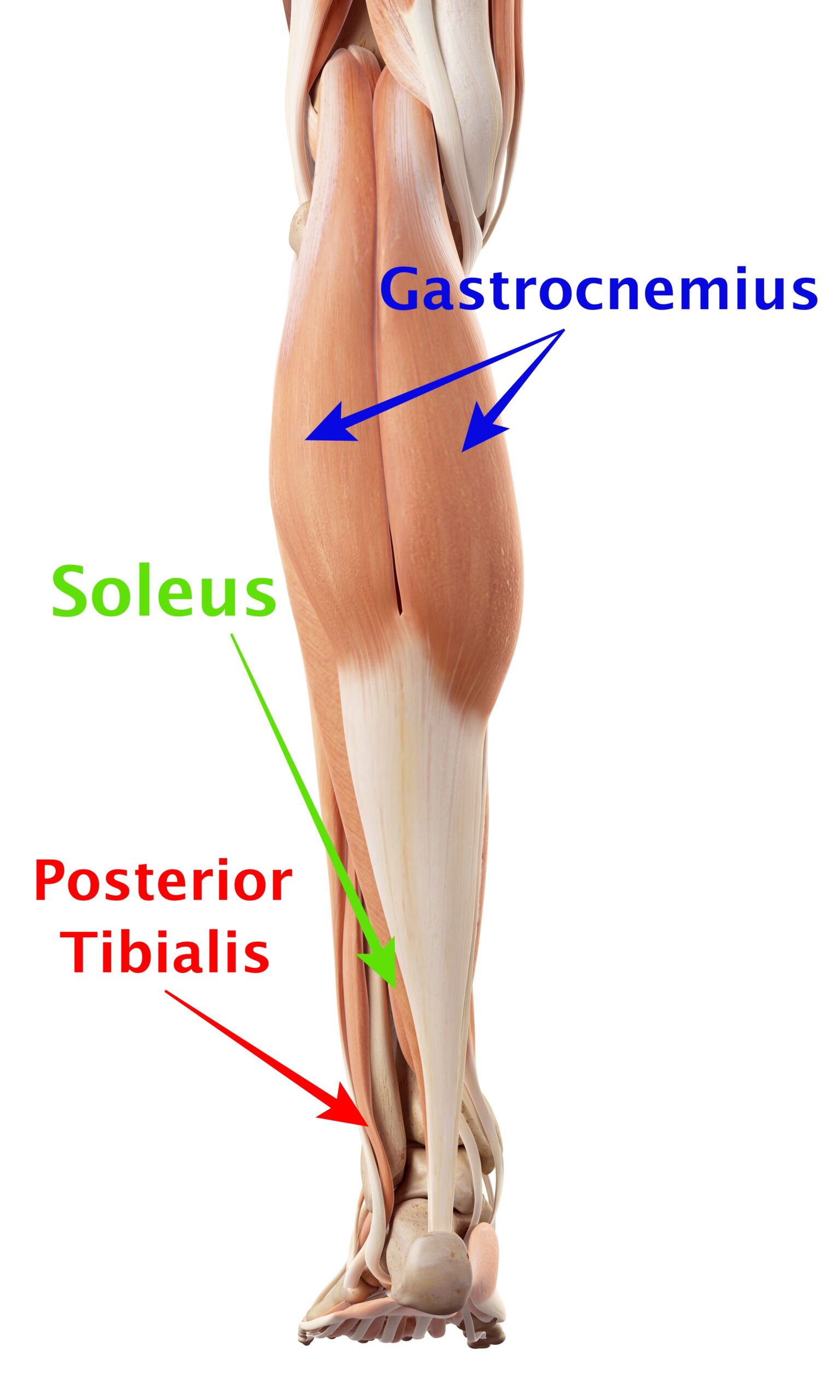
Having spasticity in these muscle will make it hard to get the heel on the ground in standing and/or may also cause the knee to go into hyperextension.
How to prevent an involuntary contraction?
Lengthen a muscle slowly. I tell my patients to pretend like you are trying to move the foot or the leg without awakening the sleeping giant. Move slow and try and maintain a smooth, consistent speed as you move the leg.
Now, side note here, this also would be the same strategy when putting on an ankle foot orthosis (AFO) and/or a night splint. The faster you force the foot into the brace, the more the foot is going to want to point. Thus, making it even harder to but the brace on.
Ankle stretching with assistance or caregiver help
This is my preferred method if you have severe spasticity. Stretching the ankle with the knee bent is much easier because it puts more “slack” in the gastrocnemius muscle. I like to use a sacral wedge under the foot. I like this wedge versus a traditional wedge (designed for stretching the ankle). First, the sacral wedge is a much steeper incline compared to a traditional wedge providing a better stretch. Second, this wedge has rubber on the bottom so it will stay in place. In most cases, a traditional wedge will slip.
Advance ankle stretch without assistance
As mentioned above, there are two main muscles that are prone to spasticity. In other words, are overactive and have the greatest impact on walking. Therefore, there are two different positions that are necessary to target each muscle.
Stretching the gastrocnemius and the soleus
For this stretch, you want to stand with the thicker part of the incline toward the toes and the narrow side toward the heel. Hold on to a counter for support and for safety. Try and get your heel all the way down to the ground and hold a minimum of one minute. Try this stretch with the knee slightly bent and with the knee straight.
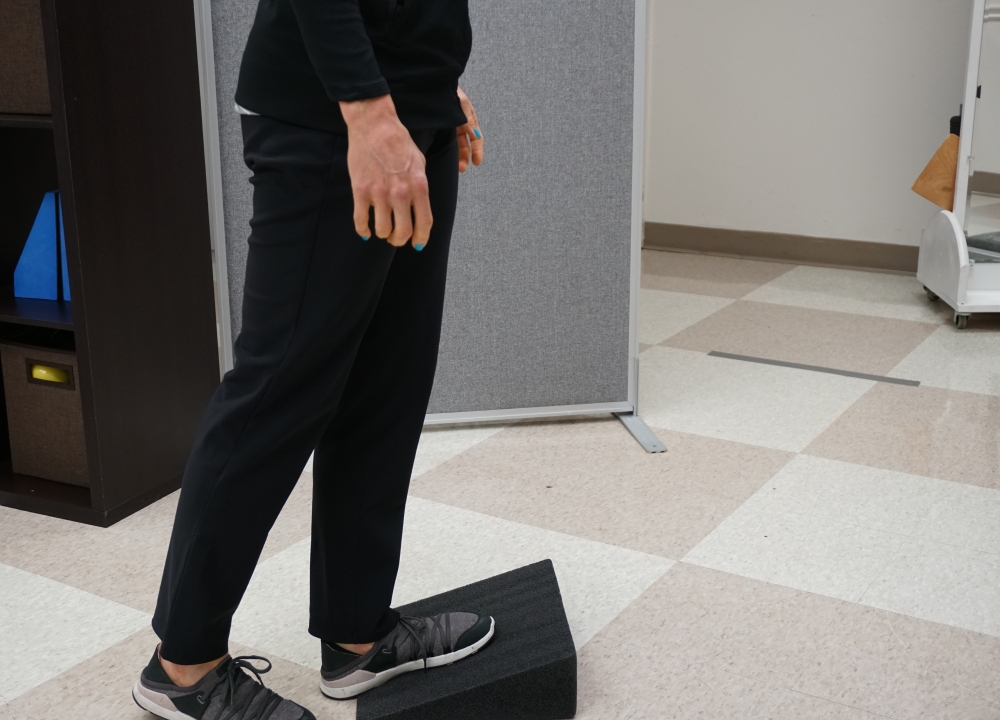
Stretching the posterior tibialis
For this stretch position the wedge at about a 45-degree angle from the pinky toe (see image). Again, hold on to something for safety and try and get the heel down to the ground. Hold this position for one minute.
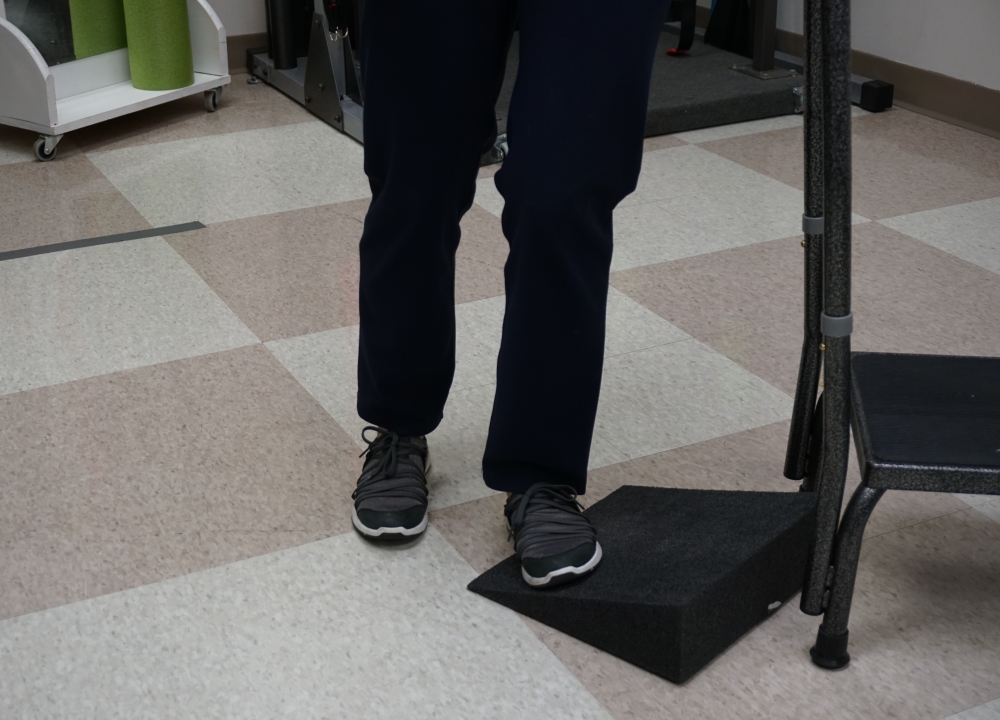
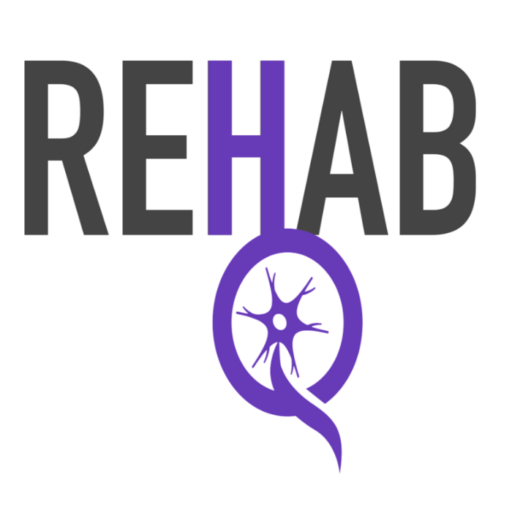
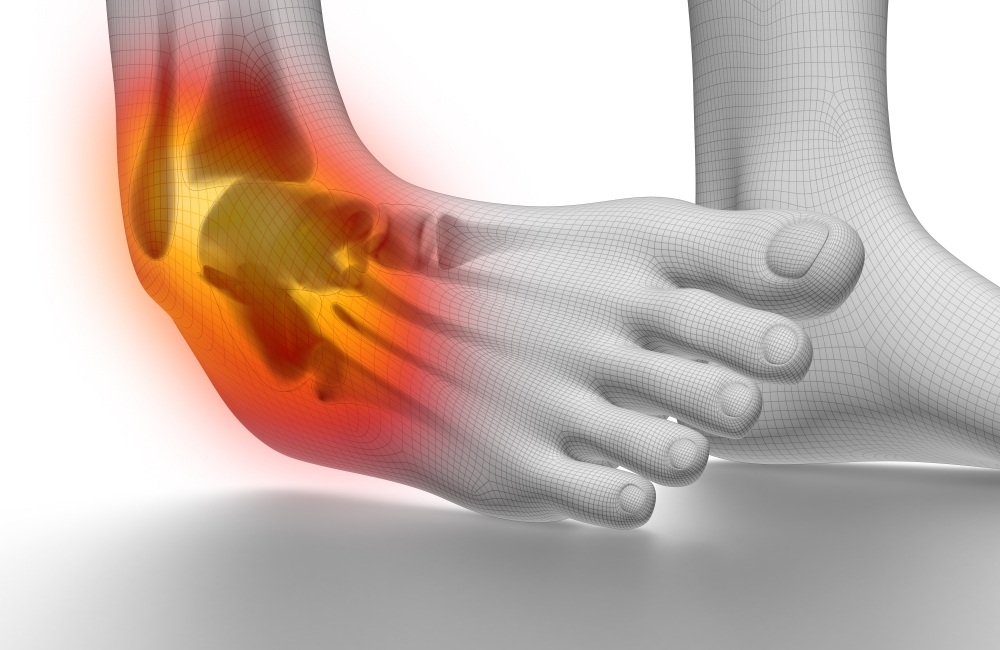
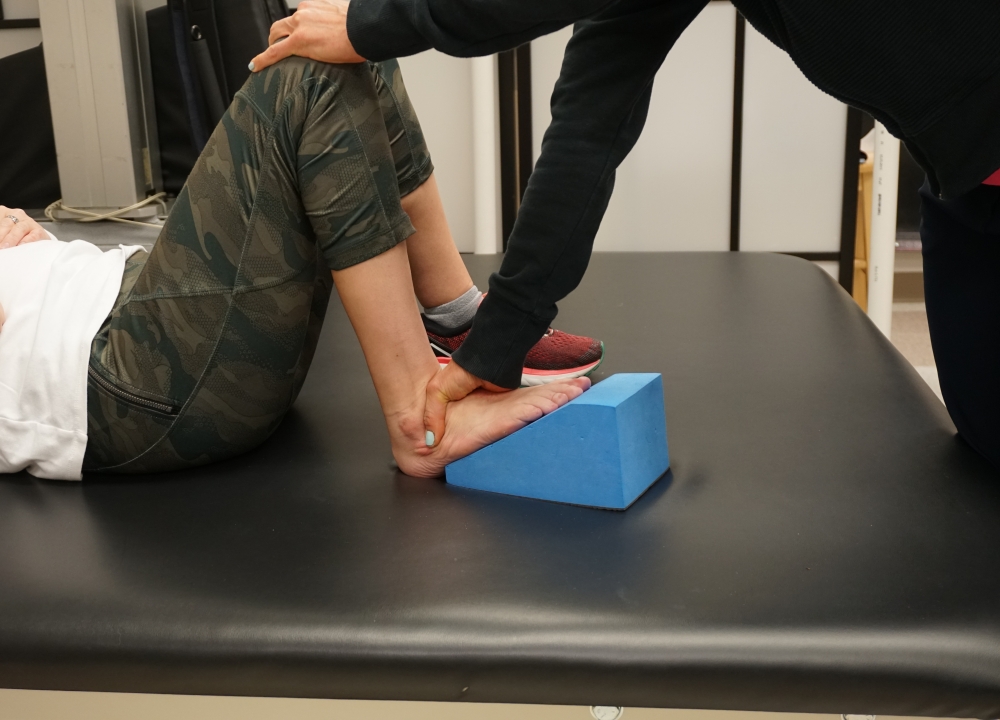



Stoked
Stretching can standing straight with hyperextension to stretch more for more than 1 mins like 5 mins?
Wedge board That I have is type of wooden board which can adjust the level of board. I am using The third level which is about 45 degrees, will it be alright? The sliding degrees of the board make any good for the stretching?
With havin so much content do you ever run into any issues of plagorism or copyright violation? My website has a lot of completely unique content I’ve
either authored myself or outsourced but it appears a lot of it is popping it up all over the web without
my authorization. Do you know any solutions to help protect against content from being stolen? I’d genuinely
appreciate it.
There is no way to prevent plagiarism. I am in the same boat. My stuff pops up all the time and usually within a week of me posting something. Which is pretty obvious because I am a completely “outside the box” clinician. However, I have learned to be ok with it. I know everything I created is of my own inspiration. I would not be satisfied with creating something that I stole. More than that, my patients are often treated improperly by professionals who don’t know what they are doing. So hopefully as they are “repurposing” my content (and claiming it as their own), they are learning something. My suggestion is to keep your patients at the center of everything you do. It makes the sting not so bad when someone comments saying “oh yeah, my therapist just started doing that same exercises with me”. It may not be right, but in the end, the patient gets better. Right? Don’t get me wrong, I have my moments, but I always come back to this and any negative feelings disappear. I hope that helps. Keep creating for the sake of your patients. 🙂